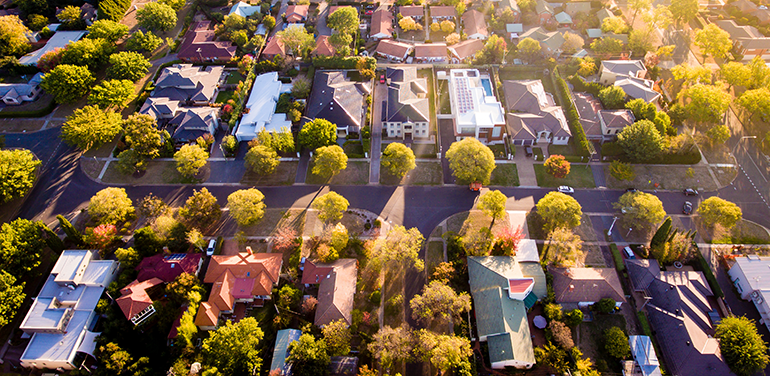



Article by: Hari Yellina
Regional Australia is unable to capitalise on its rising appeal due to a housing shortage. And there isn’t a quick resolution for the issue. Even one proposal offered today to persuade county councils to amend their regulations on relocatable properties has run into a snag: there is a year-long wait for them. Another point that is often overlooked is that the majority of people in rural areas choose to remain in their homes. Although the migration from the city to the countryside is well known, fewer country inhabitants are moving than usual. This implies there will be even fewer properties available to buy or rent.
The Regional Australia Institute proposed various answers to the problem this week. The RAI’s current discussion paper proposes a Regional New Home Loan Guarantee, incentives for regional craftsmen, removing limits on relocatable homes, and developing additional medium-density and social housing, among other things. Before the COVID-19 pandemic, new housing construction in the woods had already fallen behind population growth. As a result, when city dwellers sought to escape protracted lockdowns and better enjoy the new freedoms afforded by the ability to work from home, they turned to the countryside. For the first time in 40 years, the Australian Bureau of Statistics has verified the city exodus, granting the country bragging rights over the city in terms of population growth.
Regional Australia’s population increased by 70,900 persons between 2020 and 2021, compared to a 26,000 decrease in the big cities. The initial wave immediately snatched up any available housing within commuting distance of their city jobs to buy or rent. Now they’re looking much further afield, and all kinds of products are flooding the market, but it’s still not enough to meet demand. According to the RAI, more individuals in the region are remaining put, which means fewer homes are being posted for sale and abandoned for rent. CoreLogic reported in October that housing prices in regional Australia were 24.3 per cent higher than a year ago.
According to RAI, a housing shortage in the region is limiting local economic growth and development, preventing regions from reaching their full potential and contributing to the post-COVID recovery. The institute states that the available employment is going unfilled simply because people don’t have a place to reside. As a short-term solution to housing shortages, one recommendation was for local governments to relax limitations on “the approval of prefabricated and relocatable homes.” However, due to the same shortage of building materials and labour that has plagued new home development, wait times for dongas and relocatable homes have increased to 18 months.
The pandemic, according to RAI chief executive Liz Ritchie, caused a societal shift in Australia, “resulting in more regional residents staying in regions, as well as unprecedented interest in and movement to the regions.” As a result, supply has tightened across our regional housing markets, posing a number of unexpected challenges for many local economies,” Ms Ritchie said. She claims that recent government promises, aimed mostly at assisting first-time house buyers in raising their deposits, “address only one piece of the equation.” “According to our research, residents in at least 20% of all local government districts have considerable challenges in obtaining house financing.” She said that buyers in the city needed a 10% or 20% deposit, but the money was doubled.
With over 70,000 employment vacancies in regional Australia, there’s a high demand for condos, townhouses, and apartments to accommodate single professionals and tradespeople, as well as long-term residents wishing to downsize. “State and local governments must cooperate with developers and builders to ensure that housing stock is more diverse so that new housing remains affordable,” Ms Ritchie said.